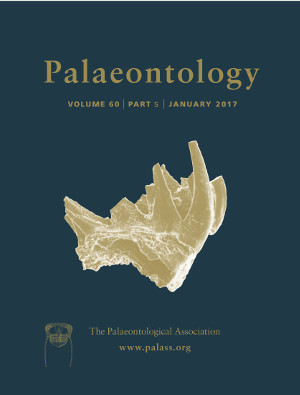Reg. Charity No. 1168330

In order to determine the incubation temperature of eggs laid by non‐avian dinosaurs, we analysed the oxygen isotope compositions of both eggshell carbonate (δ18Oc) and embryo bone phosphate (δ18Op) from seven oviraptorosaur eggs with preserved in ovo embryo bones. These eggs come from the Upper Cretaceous Nanxiong Formation of Jiangxi Province, China. Oviraptorosaur theropods were selected because of their known brooding behaviour as evidenced by preserved adult specimens fossilized in brooding posture on their clutch. Incubation temperature of these embryos was estimated based on the following considerations: eggshell δ18Oc value reflects the oxygen isotope composition of egg water fluid; embryo bones precipitate from the same egg fluid; and oxygen isotope fractionation between phosphate and water is controlled by the egg temperature. A time‐dependent model predicting the δ18Op evolution of the embryo skeleton during incubation as a function of egg temperature was built, and measured δ18Oc and δ18Op values used as boundary conditions. According to the model outputs, oviraptorosaurs incubated their eggs within a 35–40°C range, similar to extant birds and compatible with the known active brooding behaviour of these theropod dinosaurs. Provided that both eggshell and embryo bones preserved their original oxygen isotope compositions, this method could be extended to investigate some reproductive traits of other extinct groups of oviparous amniotes.